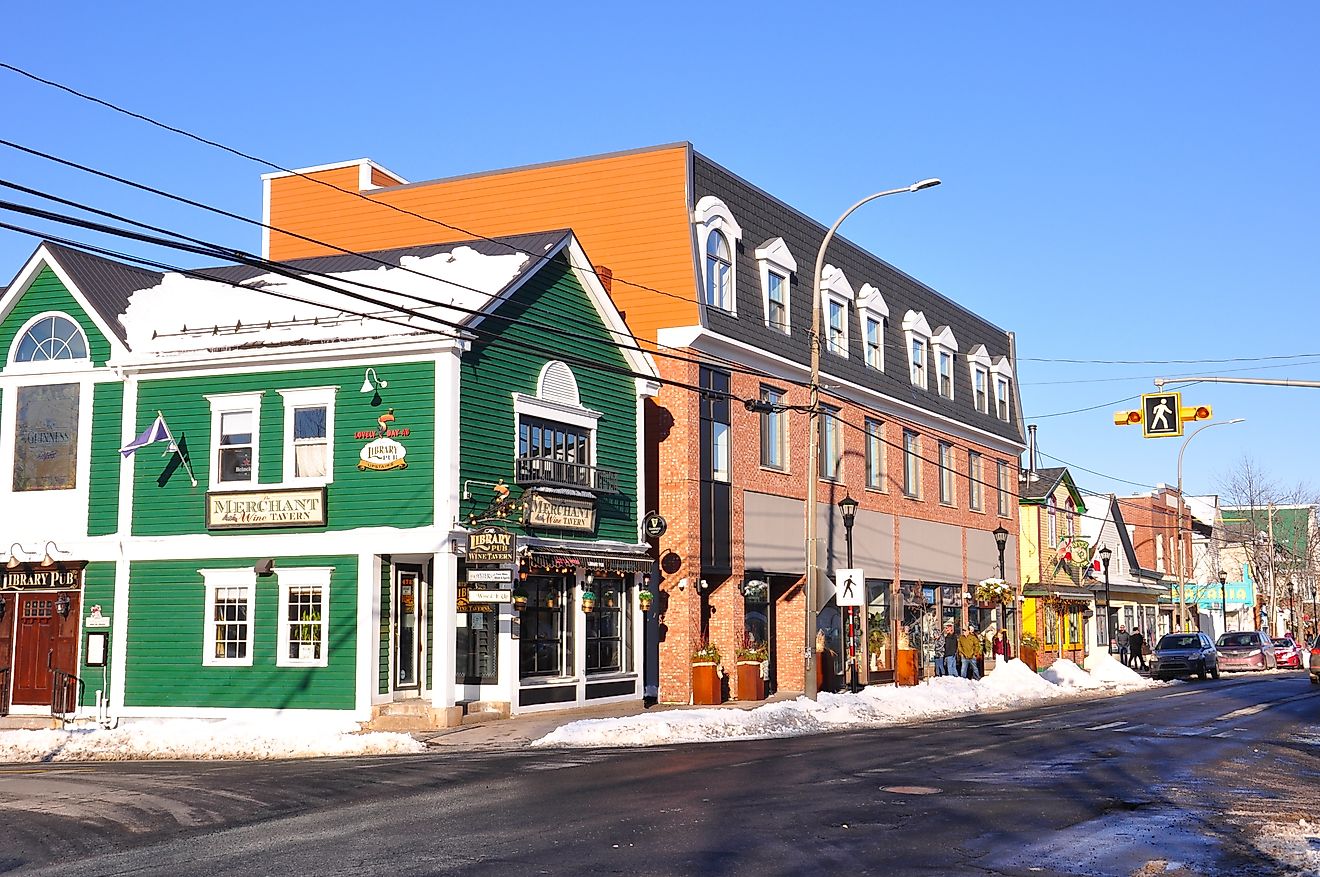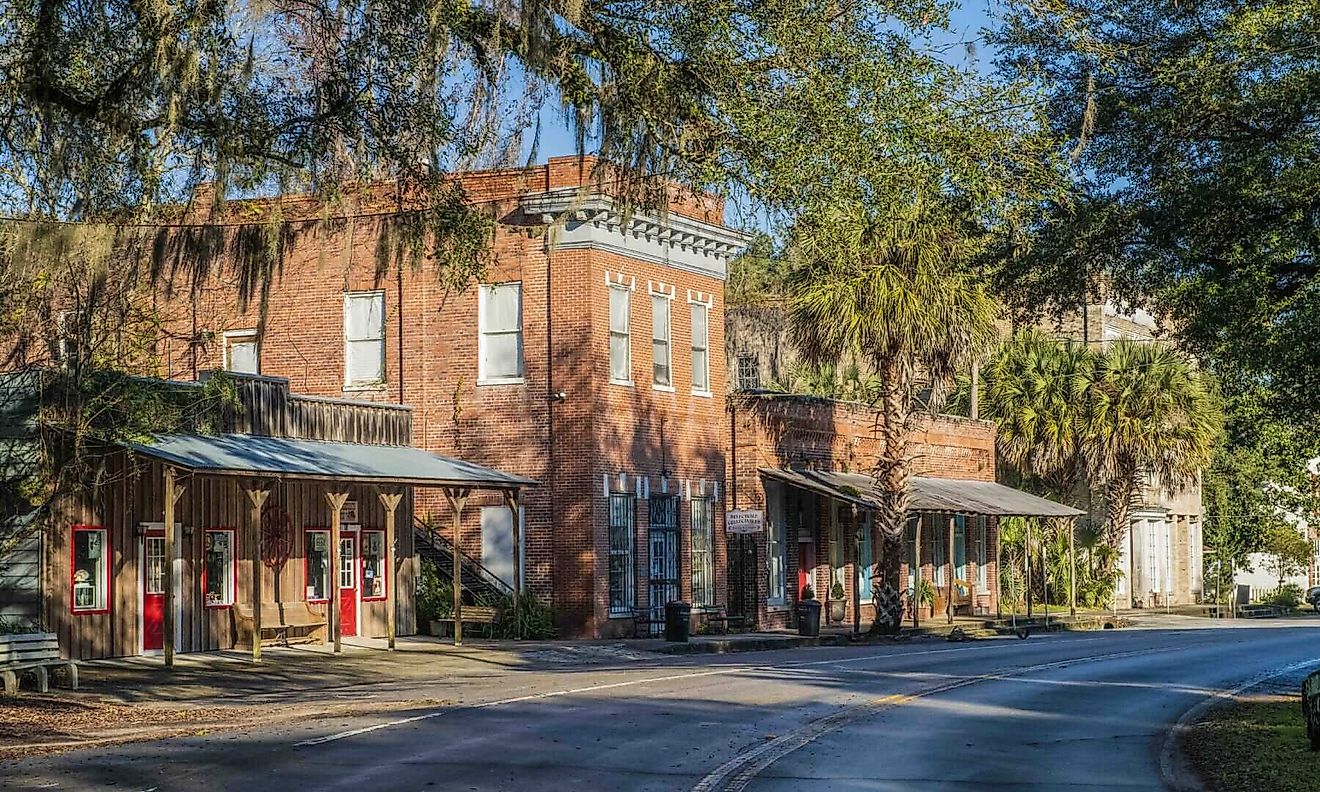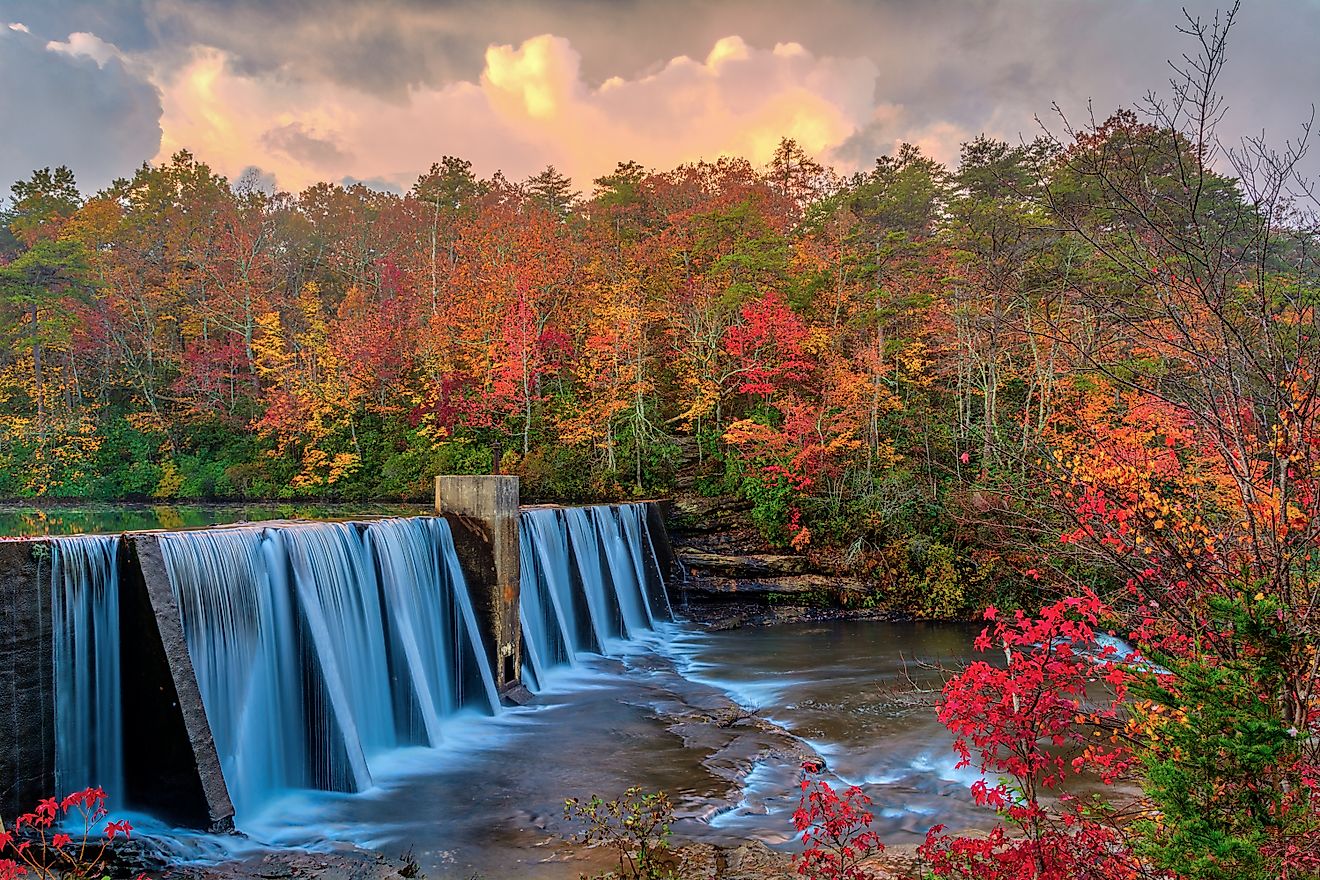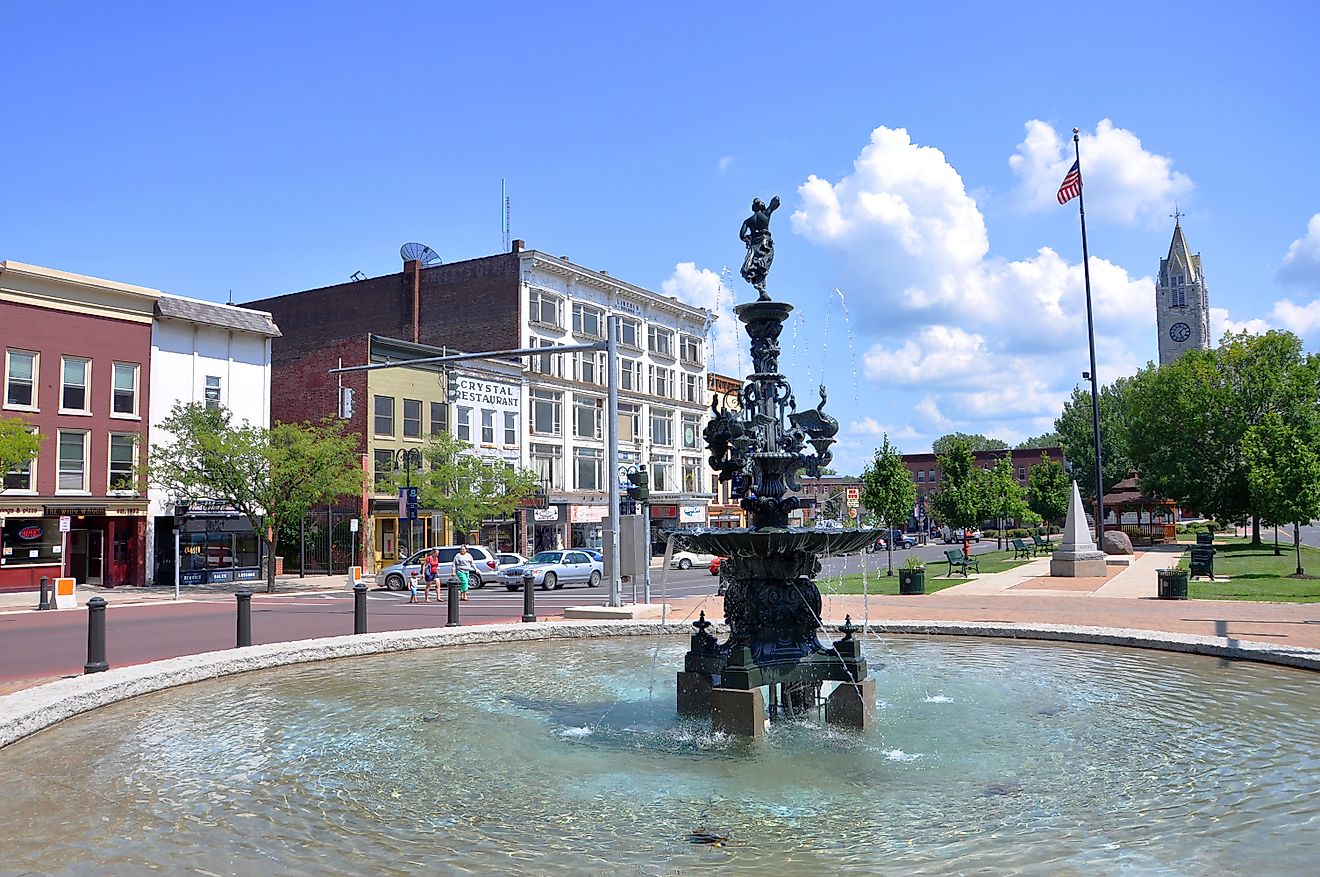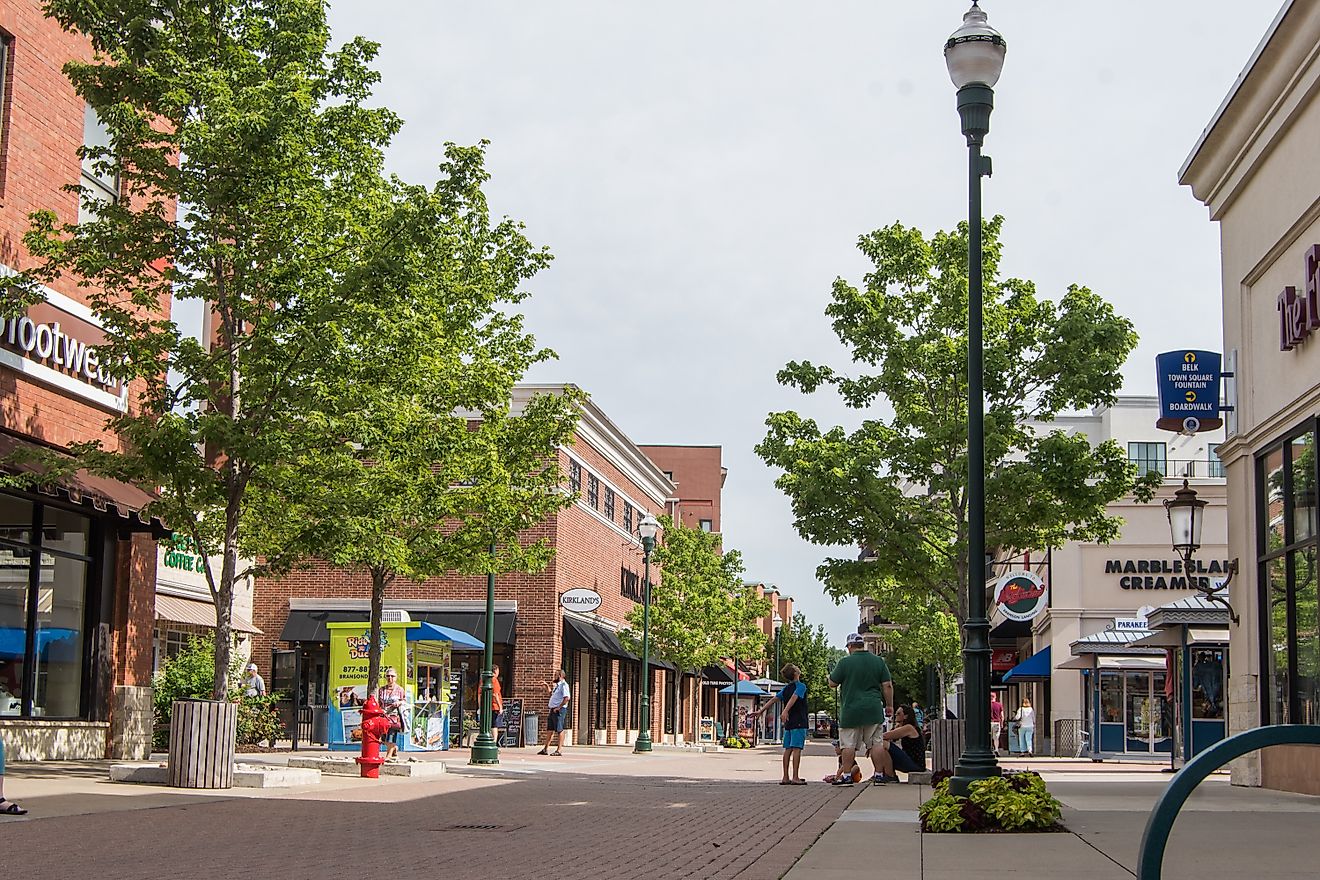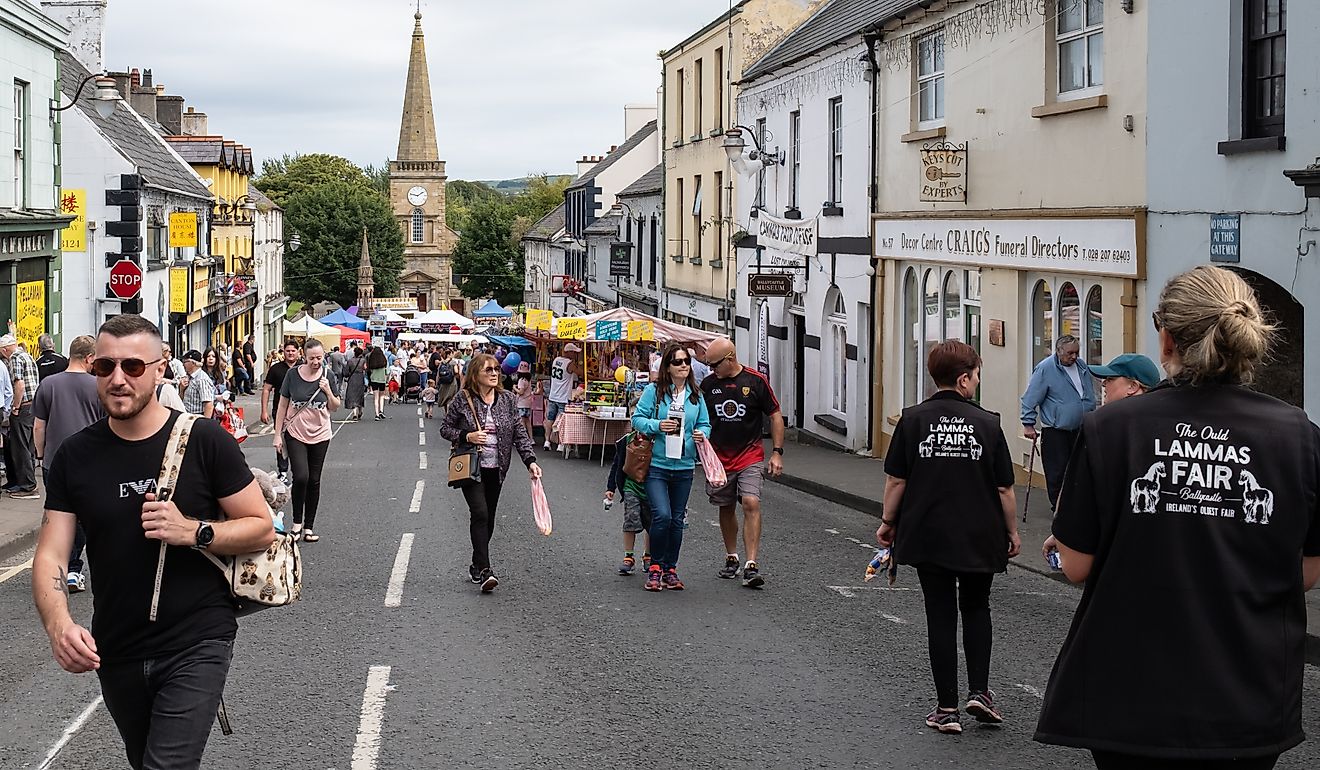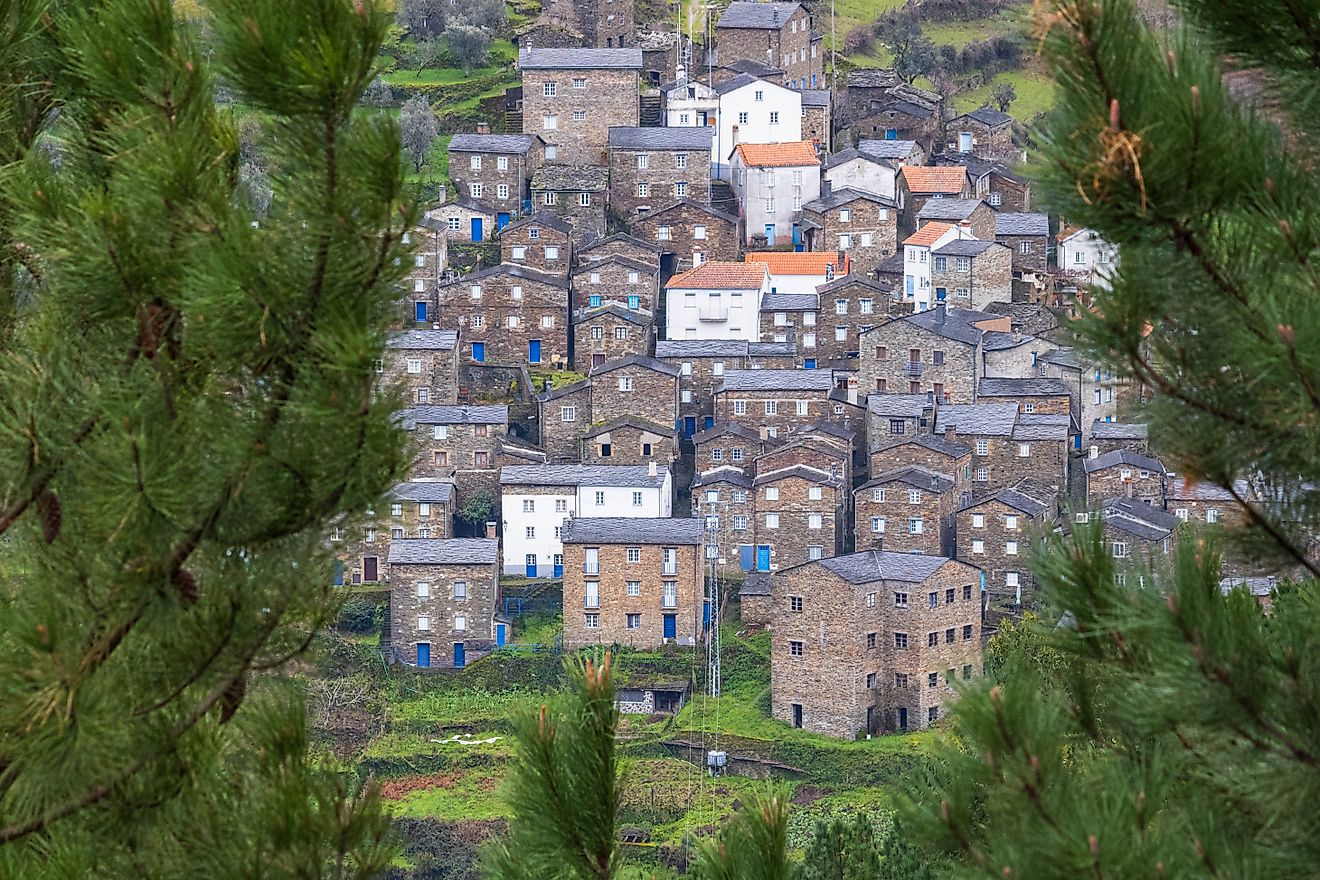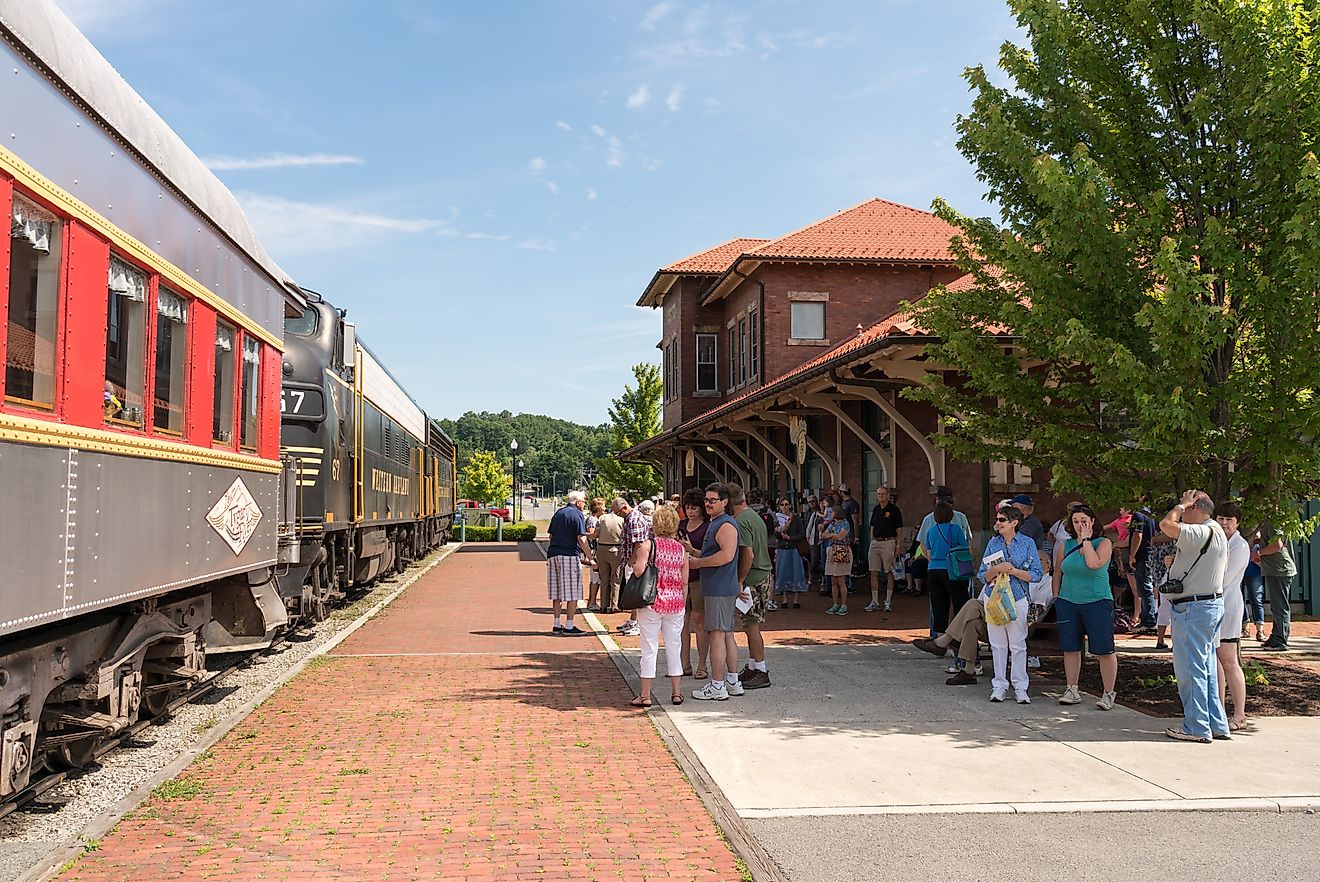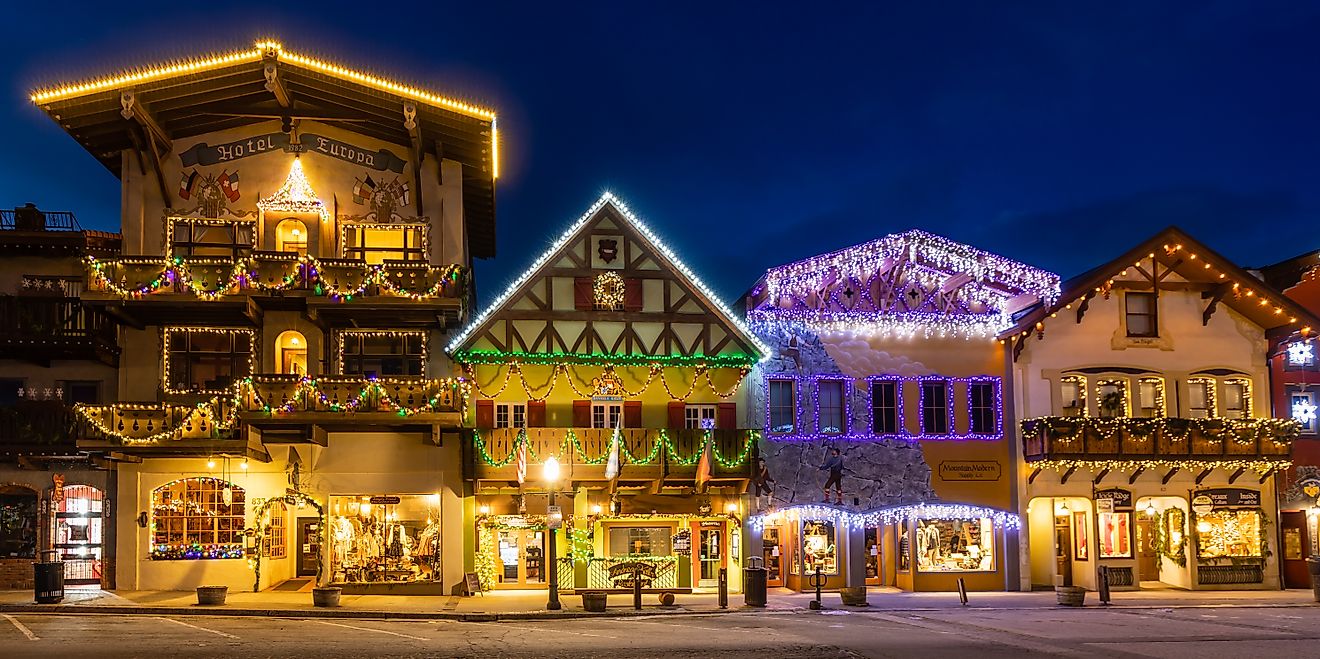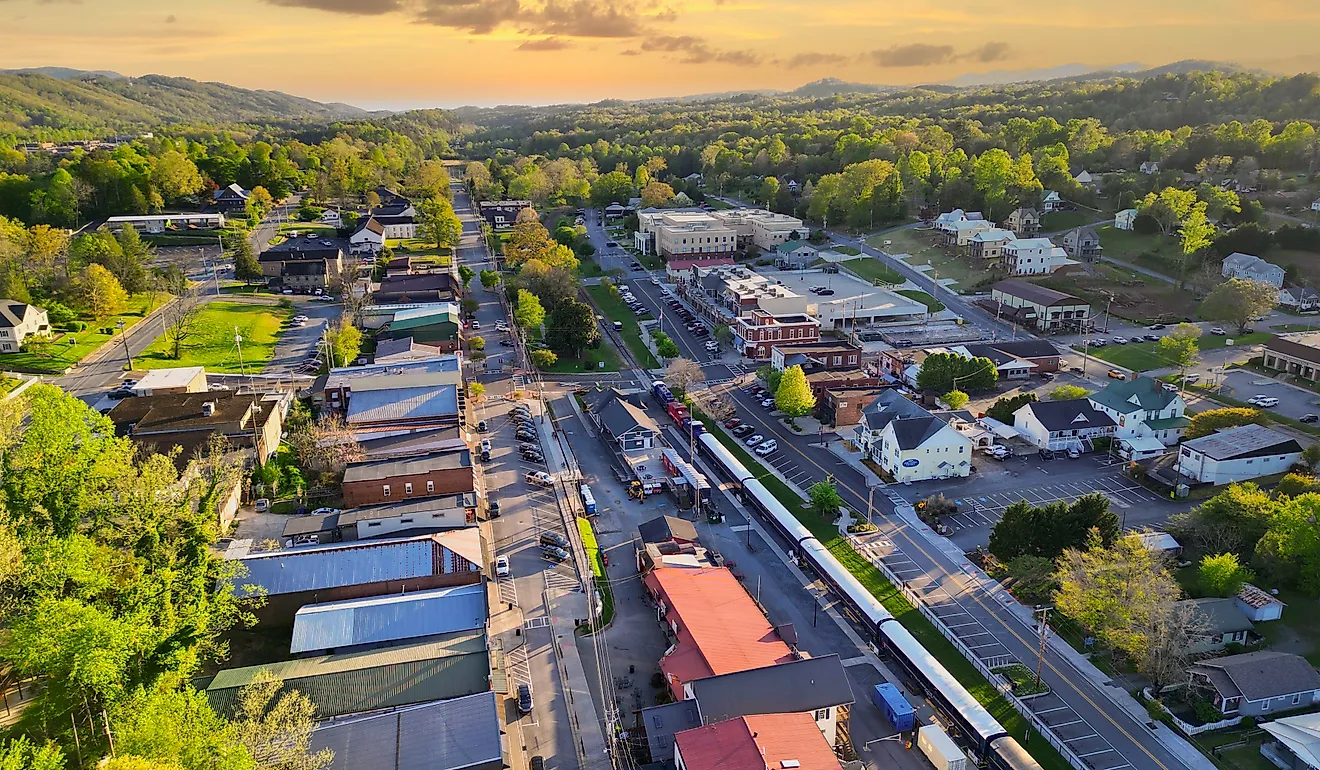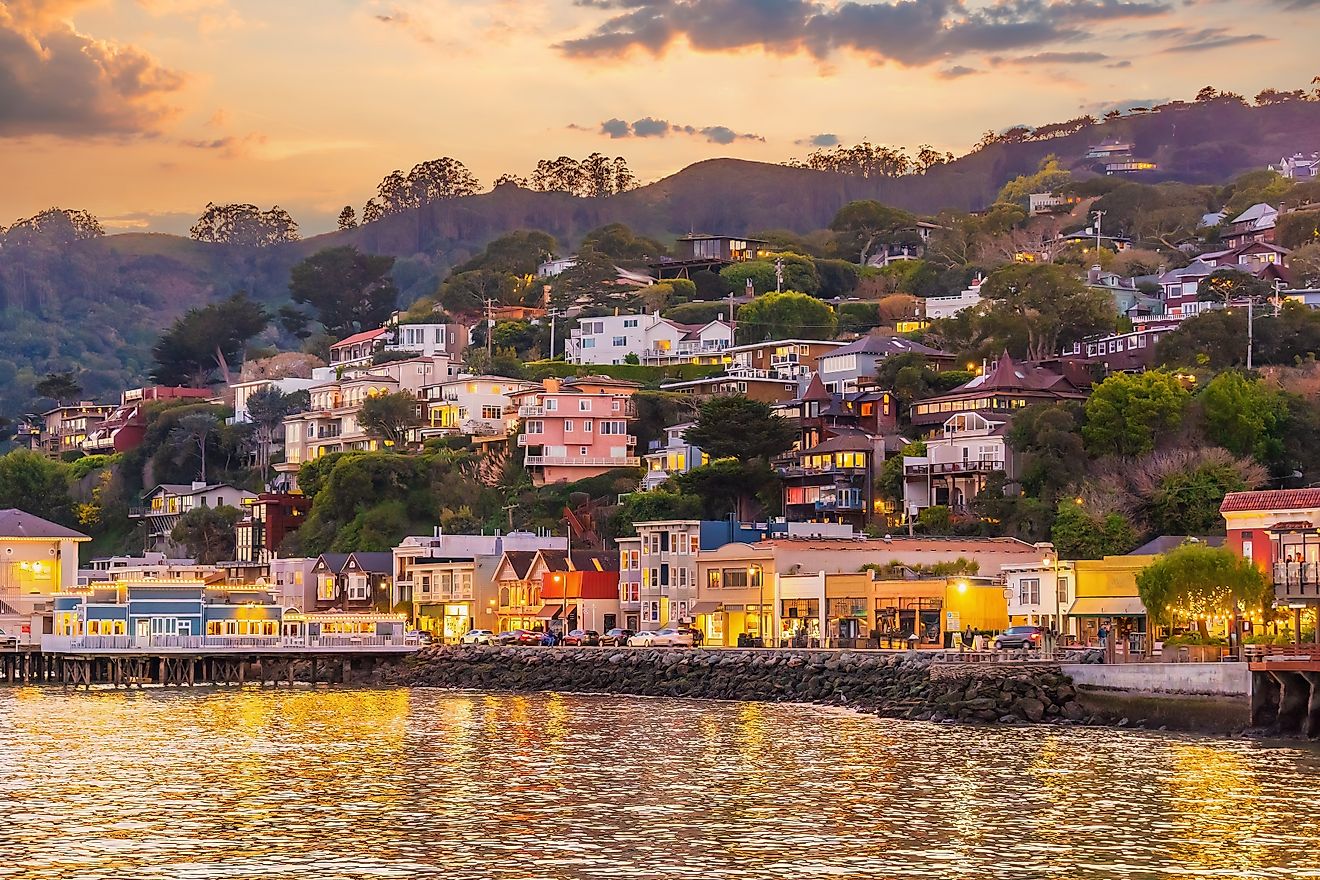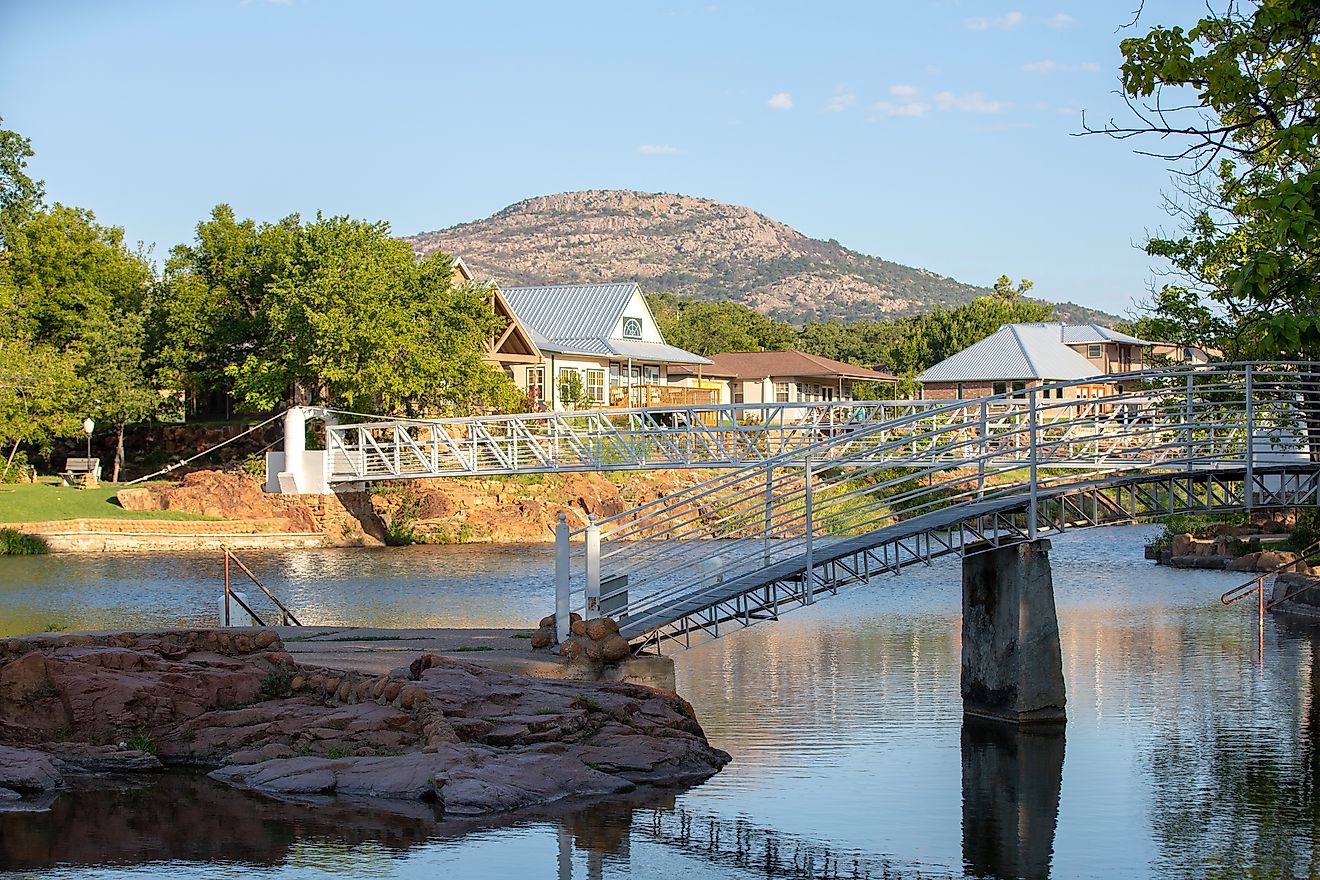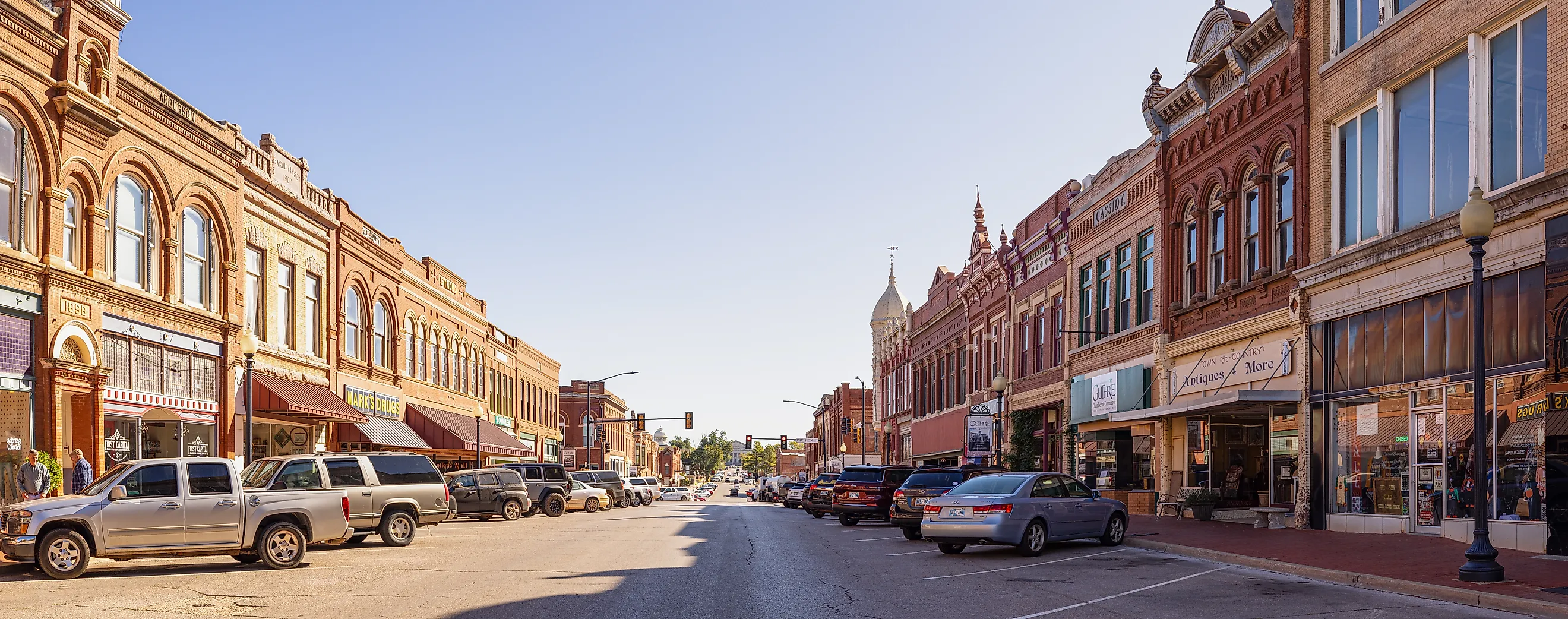
8 Picture-Perfect Main Streets In Oklahoma
Oklahoma is a place where Native American culture, southern charm, and Western history come together. Known as the “Sooner State,” it is home to some of the country’s most scenic and historic downtowns. Many of its small towns preserve Main Streets lined with Victorian buildings, classic diners, art galleries, and landmarks that feel like snapshots of the past. These areas not only showcase architectural beauty but also serve as gathering spots full of life, festivals, and local flavor.
From Guthrie’s Victorian district, complete with a quirky claim to the “Smallest National Park,” to Durant’s Main Street featuring the World’s Largest Peanut, Oklahoma’s towns prove that Main Streets can be both picture-perfect and full of personality.
Ardmore
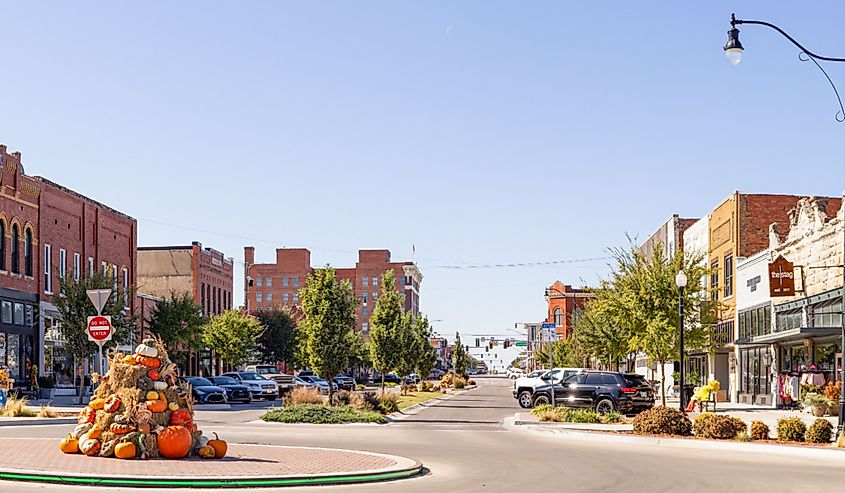
In Carter County sits Ardmore, home to one of the most picturesque Main Street areas. Visitors can enjoy historical sites, a welcoming atmosphere, and delectable dining. Ardmore, situated in southern Oklahoma, rests north of the Red River, near the Texas state line. Learn all about the history of south-central Oklahoma on Sunset Drive at the Greater Southwest Historical Museum. Throughout the museum, exhibits cover the area's past, from the mid-1800s to present-day developments, revealing the history of the farmers, ranchers, and townspeople who built communities in the region.
For a more unique dive into history, wander over to East Street North West for the Eliza Cruce Hall Doll Collection. The building is the Ardmore Public Library, but within its walls, you can find an extensive collection of the world's finest and rarest examples of doll makers' art. About 300 different dolls made of bisque, leather, wood, wax, and porcelain are on display. Making your way through the town's Main Street areas can cause you to work up quite an appetite. Grab a bite from Cafe Alley on A Street North East for a variety of salads, pasta, soups, and sandwiches. The eatery is also open during the evening for dinner and hand-crafted cocktails.
Guthrie
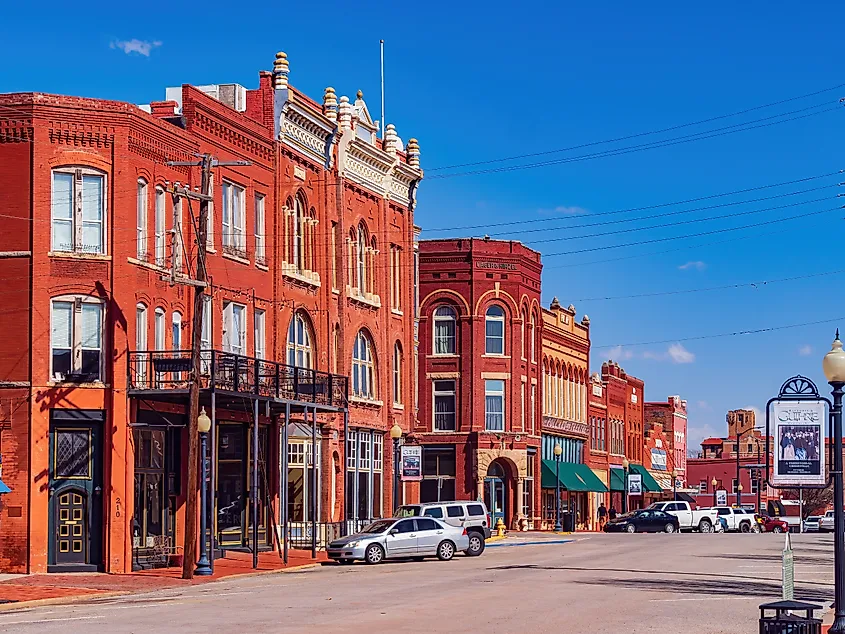
Resting in central Oklahoma on Cottonwood Creek is Guthrie, the state’s largest historic district. Guthrie is the former capital of Oklahoma and is the seat of Logan County. Practically founded overnight in 1889, the town was a gathering place for homesteaders and received its name after Judge John Guthrie. Guthrie’s Historic District houses hundreds of buildings erected between 1889 and 1907. This small town is a place where the past truly comes to life.
One of the best ways to experience a new place is via a tour, especially of the spooky variety. Go on a Guthrie Ghost Walk, a 90-minute walking tour through one of the largest Victorian towns in the state. Tours begin on West Oklahoma Avenue, covering stops like the oldest saloon in the state, the Blue Bell Bar established in 1889, and listening to tales of the lives of those who once lived in Guthrie. Check out the Oklahoma Territorial Museum and Carnegie Library, located less than half a mile away on East Oklahoma Street, to learn about the people who laid the foundation for the state of Oklahoma. The exhibits include artifacts, photographs, and paintings dating back to the 19th century. Guthrie is home to stunning architecture and an incredibly unique landmark, the Smallest National Park Landmark. Located on North Second Street is the result of a clerical error, a 100-square-foot spot with an elm tree commemorating the town’s land run office. The marker stands between a decorative wrought iron fence behind the Guthrie Post Office.
Pawhuska
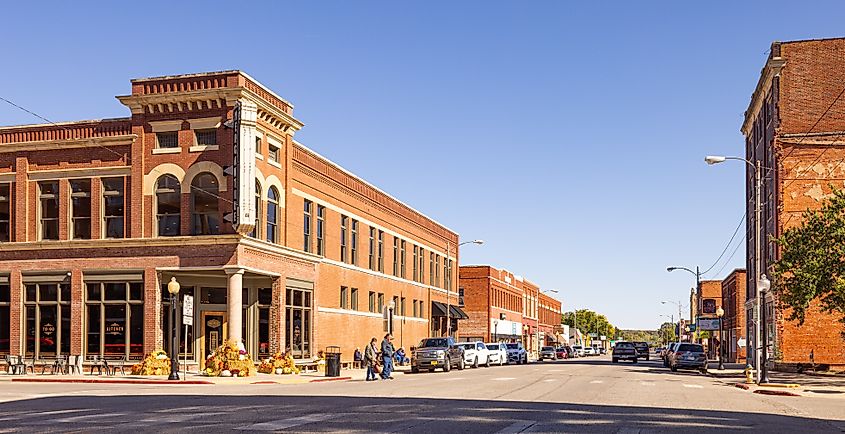
In the center of Osage County lies the small town of Pawhuska, a place where Native American and Western culture collide. Situated in the northeast part of the state, Pawhuska is the county seat of Osage County. The town was settled in 1872 and received its name after an Osage chief, Paw-Hiu-Skah. Pawhuska’s main street offers appetizing food options, unique lodging and shopping experiences, and a museum dedicated to the town’s connection to the Osage.
Right on Pawhuska’s Main Street, you can find The Pioneer Woman Mercantile off of Kihekah Avenue, a destination bakery, restaurant, and store. Over a hundred years old, the Osage Mercantile building underwent renovations, becoming the place to go for freshly-made pastries, enticing coffee, comfort food, and beautiful goods. The building is adjacent to The Boarding House, a boutique place to stay with eight gorgeous, distinctive rooms to choose from. Back in 1920, the hotel was The Indian Silk Shop and a Curios and Pickens Ready-to-Wear. Do a little shopping at The Buckin’ Flamingo on East Main Street for unique gifts and treasures for yourself. The shop carries authentic sterling silver and turquoise jewelry, brightly colored yard art, Talavera pottery, and other one-of-a-kind items. One can also uncover the impact of the Osage people at the Osage Nation Museum. Located on Grandview Avenue, the museum opened in 1938, displaying works of art, historical photographs, artifacts, and ethnographic and archival materials.
Durant
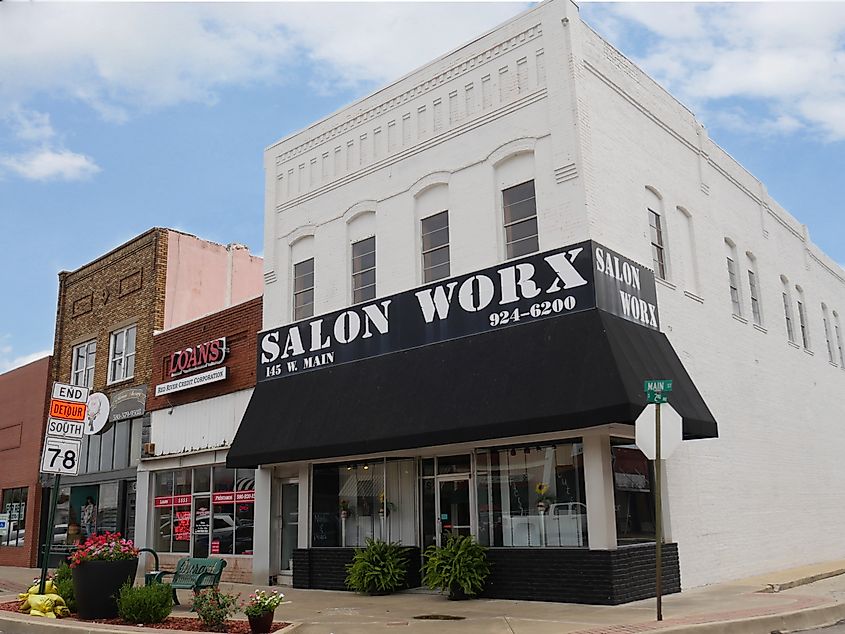
In the Red River Valley, a few miles north of the Texas border, lies the charming small town of Durant, Oklahoma. The city seat of Bryan County, Durant, is located in the southern part of the state. Settled around 1870, the town’s name comes from a well-known Choctaw family. Several industries sustain Durant's economy, including oil, gas, cotton, and peanut processing. Throughout Durant’s Main Street Historic District, visitors can enjoy unique landmarks, history, and cool treats.
Durant is home to the World’s Largest Peanut. Situated on West Evergreen Street, you can find an impressively sized statue of a peanut on the corner of the lawn outside City Hall. The landmark was dedicated in 1974 as a token of appreciation to the Bryan County peanut growers and processors. Head over to West Main Street to tour the Three Valley Museum. Opened in 1976, the museum highlights the county’s history from 1873 to the current day, featuring a small town exhibit, a Native American Gallery, and a section on transportation history. Venture less than five minutes northeast onto North Third Avenue and enjoy a treat at the Old Ice House. Previously, Crystal Ice Co. in the 1920s, the building was an actual ice house, delivering ice weekly to businesses and residents. The icy blue restaurant now offers on-theme cocktails, burgers, and peanut butter pie.
Claremore
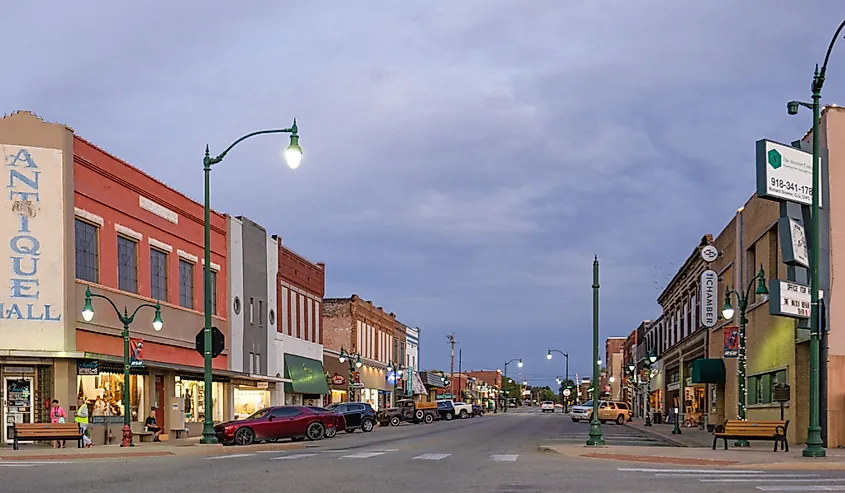
Go on an adventure to Claremore, Oklahoma, a town bursting with history and fun. Claremore is the city seat of Rogers County, situated in northeastern Oklahoma to the northeast of Tulsa. On North Chickasaw Avenue rests the Belvidere Mansion, an impressive 1907 home previously inhabited by the Bayless family. The three-story house features eye-catching columns at the east and west corners of the entrance, Italian tile, marble wainscoting, pressed tin ceilings, and a gorgeous ballroom on the third floor. After taking a tour, you can dine on site at The Pink House. This restaurant inside Belvidere Mansion serves lunch and afternoon tea, offering sandwiches, salads, quiches, and other delicious treats best enjoyed with a cup of hot tea.
Another historical site worth visiting is the Will Rogers Memorial Museum, located on West Will Rogers Boulevard, a mere two miles away from the mansion. Within its walls, you can view artifacts like photographs and manuscripts from the life of hometown hero Will Rogers. Nearby, on South 4200 Road, you can test your luck at the Cherokee Casino Will Rogers Downs. Enjoy all the casino offers, including live music, a horse racetrack, and dining options.
Ponca City
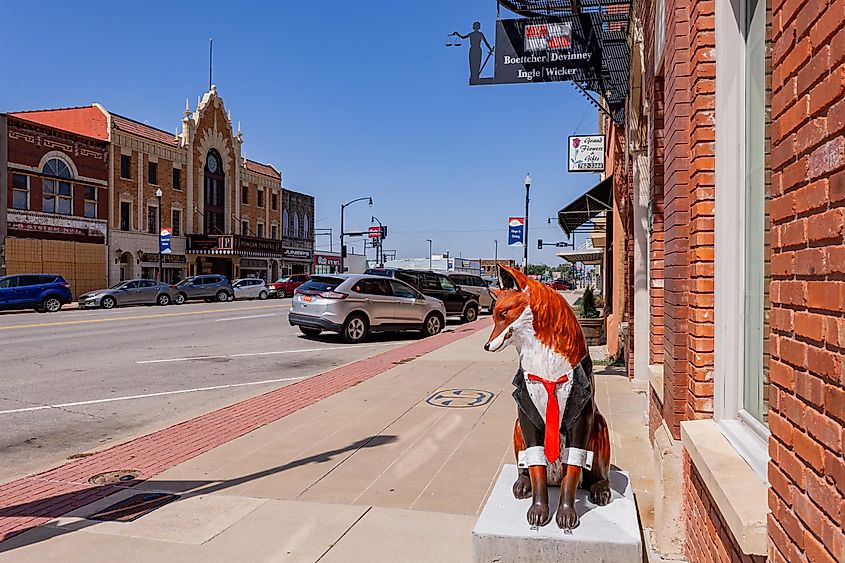
Lying along the Arkansas River, near the Kansas border, is charming Ponca City. The small town’s Main Street features some of the most stunning architecture and delicious local dining within the city limits. Ponca City, situated in northern Oklahoma, was established overnight in 1893 with the opening of the Cherokee Strip. The town boasts a rich blend of history and culture, enticing all with its picturesque setting.
Enjoy incredible architecture at the Marland Mansion and Estate. Situated on Monument Road, the sprawling mansion, built in 1928, is the former home of the Marland Family, people who played a considerable role in the town’s history. Amongst the grounds, visitors can view family statues constructed out of French limestone, Fox Hunts and Polo artifacts, portraits, and period-appropriate furnishings. Another estate to visit is the L.A. Cann Gardens located on 14th Street and Grand Avenue. Visitors can find a 1908 two-story farmhouse and lush gardens with annuals, perennials, and dozens of tree species. Dine on local fare nearby on East Grand Avenue at The Grand Cafe, a hometown diner serving up comfort food. Favorites include the Vanilla Rum French Toast for breakfast and the Chicken Fried Steak for lunch.
McAlester
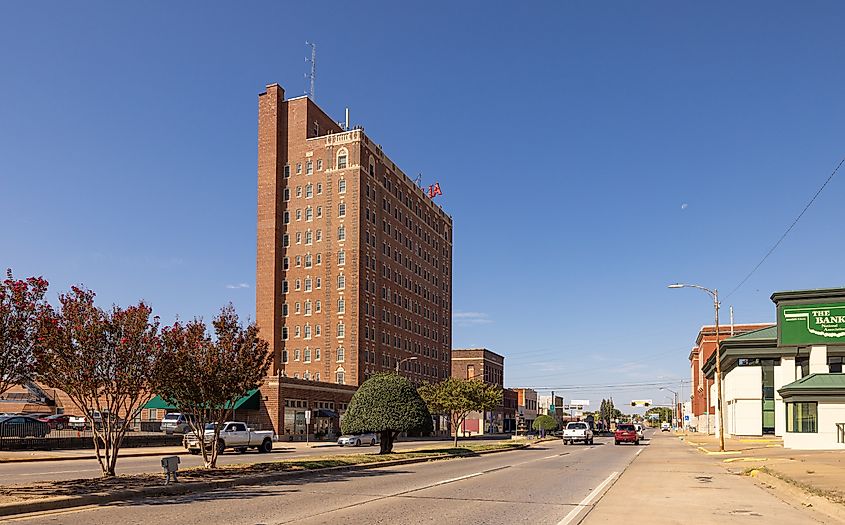
Discover historical buildings and natural splendor in McAlester. Situated in the southeast part of the state, south of Tulsa and southeast of Oklahoma City, McAlester is the county seat of Pittsburg County. On the street of North 5th, visitors can find the Puterbaugh Center, a gorgeous garden full of rocky-lined trails and vibrant blooms. Originally known as the Garrard Ardeneum and the Ardeneum of Oklahoma, the landscape makes for a picturesque photo backdrop. Tour the OKLA Theater on East Choctaw Avenue to glimpse McAlester’s history. The theater burned down in 1930, but reopened in 1931 on the same site as the former Palace Theatre. Tours are available by appointment, and the gift shop is a great place to find souvenirs like OKLA t-shirts.
If you prefer to bring home a more unique souvenir, consider bringing home a bottle of locally made wine from the Whispering Meadows Vineyard and Winery, a nearby winery boasting over five generations of winemaking heritage. The building alone is worth checking out, as it is a former 1901 Newton’s Jewelry Store, with curved windows and murals painted by a local artist. Over on Stonewall Avenue, you can find even more history at the Tannehill Museum. Some of the artifacts on display include Oklahoma State Penitentiary memorabilia and Mrs. Tannehill’s doll collection.
El Reno
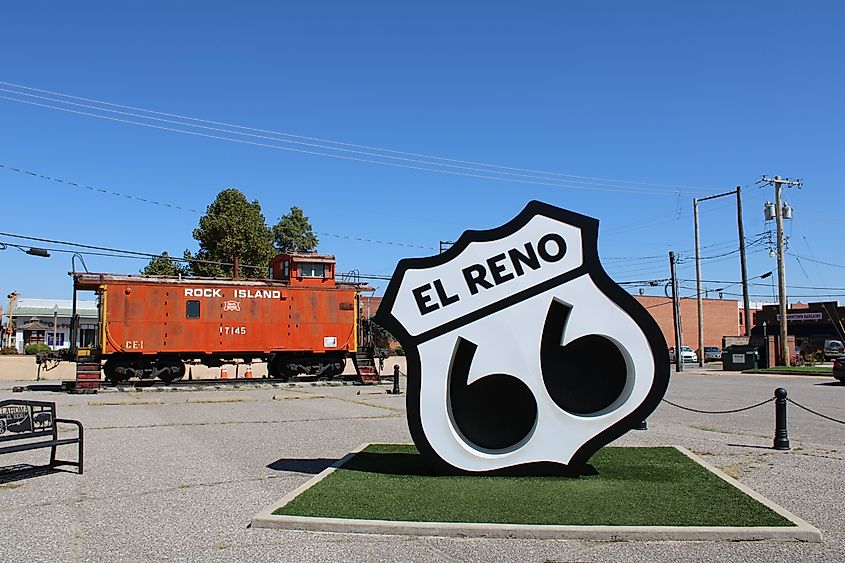
The historic small town of El Reno lies at the Chisholm Trail and Route 66 intersection. Established in 1889, El Reno was named after Fort Reno, which was named for Union General Jesse L. Reno. The city seat of Canadian County, El Reno, lies in central Oklahoma on the North Canadian River. El Reno’s history is shaped by its connection with Route 66 and military influence. This small town offers an array of fascinating landmarks to dive back in time.
Encounter a piece of El Reno’s Route 66 history with a drive on the Rock Island Bridge, a bridge situated on US-81 and South Rock Island Avenue, constructed in 1946, that serves as a crossing over the Rock Island rail line. The bridge underwent a revitalization in 2021, now featuring an Art Deco style, including decorative pillars and luminaires along its path. Stop to take a photo in front of the El Reno Mother Road Monument at the intersection of West Wade Street and South Choctaw Ave. The large Route 66 sign, constructed in 2018, is a fun way to remember your trip to El Reno. Continue riding through the town’s history with a Heritage Express Trolley tour. Beginning at South Grand Avenue, the trolley line takes guests through the streets of downtown El Reno on a restored 1924 Brill Streetcar. Learn about the town’s military history at Fort Reno on West Cheyenne Street. Established in 1874, the military post protected the Arapaho and Cheyenne tribes. More than 25 historic structures are on display, including a significant cemetery.
Finishing Thoughts
From Guthrie’s Victorian charm and quirky landmarks to Durant’s giant peanut tribute and McAlester’s historic theater, Oklahoma’s small towns bring Main Streets to life with history, architecture, and personality. Each community offers something different, whether it’s cultural museums, cozy cafes, or scenic gardens, making them destinations worth exploring. These towns show that Main Streets are more than just roads; they are the heart of local life and a reminder of Oklahoma’s rich past and inviting spirit.
